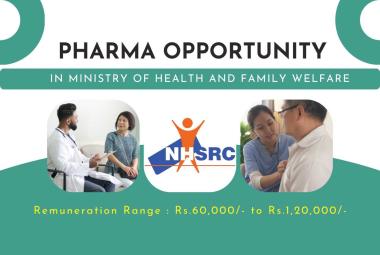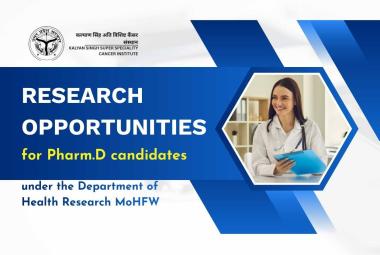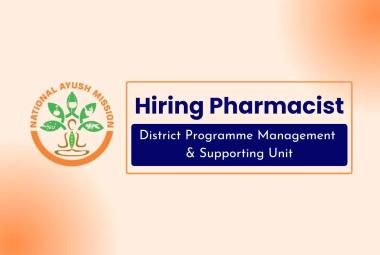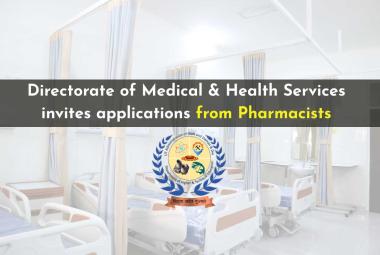Public health and safety is the highest priority at the U.S. Food and Drug Administration. We maintain a robust practice of postmarket surveillance and risk evaluation programs to identify new adverse events that did not appear during the product development process, or to learn more about known adverse events. Evaluations occur on more than two million adverse event reports submitted every year to the FDA Adverse Event Reporting System (FAERS) through the MedWatch Program and to the Vaccine Adverse Event Reporting System (VAERS) by patients, family members, and health care providers, as well as adverse event reports submitted by regulated industry. Staff in our Office of Surveillance and Epidemiology and CBER’s Office of Biostatistics and Epidemiology use this information to identify safety concerns and recommend actions to improve product safety and protect the public.
Recently, we’ve been working to enhance the efficiency of our postmarket drug safety surveillance practices. In 2016, the 21st Century Cures Act (Cures Act) amended the Federal Food, Drug, and Cosmetic Act to eliminate the requirement for FDA to prepare a summary analysis of adverse drug reaction reports received for a drug by 18 months following approval of the drug or after 10,000 individuals have used the drug, whichever occurs later.
This draft best practice document outlines our approach for timely postmarket analyses of drugs and biologics, and includes a high-level overview of tools, methods, and signal detection and evaluation activities, using varied data sources, for drug safety surveillance to provide a broader context and a general overview of our overarching effort and commitment in this area.
For prompt signal detection and evaluation of safety concerns using a risk-based approach, our best practices document addresses how we take into consideration the product’s characteristics and use. For example, products that generally are subject to more extensive monitoring include: NDAs that are new molecular entities, original biological license applications, biosimilar biological products, first-in-class approvals, newly approved formulation(s), newly approved indication(s), extension into new patient populations, products with complex pharmacokinetic or pharmacodynamic characteristics, and products with complex compositions or manufacturing processes. FDA staff also monitor the safety of compounded products, even though they are not subject to FDA premarket review and approval, as well as homeopathic products.
The FDA will continue to provide guidance and oversight to ensure product sponsor studies are carried out in a complete and timely manner. We are constantly seeking new methods for improving our surveillance practices, and we invite the public to comment on the draft document released today. Through new data systems, tools, applications and partnerships, we will continue our efforts and commitment to exploring new and updated approaches to postmarket safety surveillance of all drugs and biologic products as part of our uncompromising efforts to protect the American public and ensure the products they take are safe and effective.







